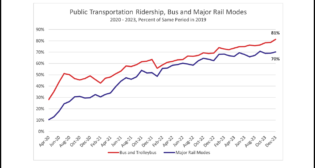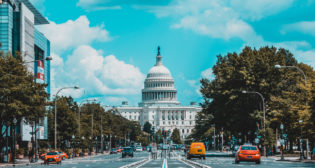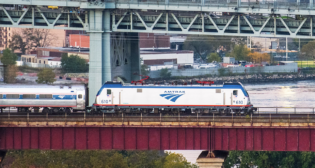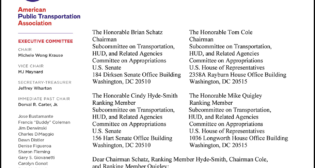
Transit Briefs: Brightline West, QLINE, Santa Clara VTA
Brightline West awards a geotechnical engineering and design contract for its high-speed rail project linking Las Vegas and Southern California. Also, QLINE Detroit streetcars will include new advertising as part of a loan repayment agreement; and Santa Clara Valley Transportation Authority’s (VTA) ridership rebounds in 2023.








